The Spencers – Althorp, Northamptonshire & Spencer House, London
What a nice life, to have these as your town house and country house. With one operating today as a family home and the other as rented business premises, however, the visitor experience is quite different.
The Spencer Family
I feel like I have been visiting a lot of stately homes recently. There was Blenheim Palace, Holkham Hall and Petworth House last year; Wilton House and Apsley House this year. Partly it’s that Covid has made me realise I need to stop making excuses and actually go and see some of the places that pique my interest. Partly it’s that, with European holidays (mostly) off the table, I’ve been looking for inspiration to get out of London and see new things. Either way, this year I found myself in a unique position of being able to visit two houses belonging to the same family: The Spencers.
The aristocratic Spencer family was founded in the 15th Century by Sir Henry Spencer. Their early wealth came from agriculture and commodities trading. It’s always a tricky business consolidating wealth and power across the generations, and the Spencer family tree is a tangle of unions and titles. Firstly, it’s important to note that the Spencer-Churchills (as in Winston) are a branch of the same family. Over the years they have been Dukes of Marlborough, Earls of Sunderland, Viscounts, Barons and Baronets. The Spencer-Churchills have held on to the Marlborough title, while Althorp is home to Earl Spencer and his family. The family’s modern fame, of course, comes from Diana Spencer’s life and death. Althorp is often cited as Diana’s childhood home; but in fact her father did not take on the title and move to Althorp until the mid-1970s.
Depending on how you define the Spencer family, they own several important properties which can be visited today. For the purposes of this post we are going to compare the seat of the Earl Spencer (Althorp), and Spencer House, which was the family’s London residence.
Althorp
Althorp has long been the seat of the Spencer family, primarily because it has very productive farmland and helped to grow their wealth. It lies a short distance from Northampton, although is difficult to get to with public transport so it’s best to have a car. It is still a family home, so the opening season is one of the shortest of the stately homes I’ve visited; around two months per year. It also has one of the most restrictive visitor policies; most rooms are out of bounds and you have to peer over a gate to see anything. It’s a little disappointing if, like me, you want to see the artworks up close.
And there are some spectacular artworks. There’s a Reynolds Room. Paintings by Van Dyck. Spencer ancestors in Roman garb on the Grand Tour. But most notably, there is a collection of paintings known as the ‘Windsor Beauties.’ These works by Sir Peter Lely depict the ladies of the court of Charles II, some of whom were his mistresses. The set at Althorp hangs in the dedicated Picture Gallery.
Althorp overall is a nice day out. Like Wilton House, you can’t actually visit that much. The house, of course. The stables block which includes shop, cafe and exhibition space. A small amount of the gardens including the memorial to Princess Diana. But otherwise you will find yourself looking wistfully at the deer park or the walled garden, behind their ‘Private’ signs. It’s worth a visit, but I very much preferred Holkham or Petworth for the experience.
Spencer House
Spencer House, on the edge of Green Park, was one of the Spencers’ London homes. I have walked past it hundreds of times, as I work nearby, but only realised on this walk in St James’s that it was possible to visit. Or at least it is on a Sunday; you can book a tour here.
Spencer House dates to the 1750s, and stood out amongst its neighbours through its Palladian/Neoclassical style. Two architects were responsible: John Vardy for the facades and ground floor, and James “Athenian” Stuart for the upper floor. The Spencers used the house when Parliament was open each year, until letting it out in the 1890s. A lot of their treasures went back to Althorp at this time, with the remainder following during the Blitz. They let it to various tenants (including Christie’s auctioneers), but it was the current tenants, the Rothschild Investment Trust, who undertook a large-scale renovation.
From 1985-1990, RIT Capital Partners restored the state rooms to something like their former glory. For a student of heritage it is interesting to see how they accomplished this. It is not a slavish reconstruction, but rather is sensitive to the Spencer family history. The rooms are decorated with a blend of antique furniture and contemporary paintings, important loans, and copies from furniture at Althorp known to have been at Spencer House.
This has a bearing on the visitor experience. Our guide was very knowledgeable and able to bring the history to life while pointing out these different groupings within the collection. Due to the loans, however (including works from the V&A, RA, and several paintings by Benjamin West from the Royal Collection), photography is only allowed in certain rooms. The overall effect is very evocative, however, and I quite enjoyed my visit. It also helps that there are only eight restored state rooms (the rest of the building is used as RIT Capital Partners offices), so the pace of the hour-long tour is leisurely.
What Does All This Tell Us?
I think there are two things that you can easily glean by comparing Althorp with Spencer House. One is about the Spencers and how they wanted to present themselves. And the second is about heritage as an industry or curated experience.
So in terms of the Spencers, I felt the biggest insight from visiting both sites was about how they wanted to be seen. Althorp is a nice country seat. It’s no Blenheim Palace, but it’s got all the right markers of housing an important family, in terms of house, grounds, art collection, etc. Spencer House, on the other hand, seems to have been a real statement. It was not like all its neighbours; every inch of it screamed understated taste. This was a home for a family with impeccable credentials, all the right Grand Tour souvenirs, and the best architects and designers. So it was here, on the edge of Green Park, that the Spencers told fashionable society all about who they were and what they stood for.
The contrasting visitor experiences were also illuminating. At Althorp, being open to the public felt like a duty. You can come, but only for a couple of months. Oh and don’t go in the best rooms. Or take photographs. I understand it’s a family home, but so is Holkham which felt completely different. Spencer House’s public face being the work of an investment company (even a Rothschild-backed one) is interesting. The restoration probably ticked a few boxes for RIT Capital Partners. A space to wow and entertain clients. An additional revenue stream when the rooms are rented out. Possibly they could argue it’s a Corporate Social Responsibility activity? And the quality of the restoration and some of the artisanal touches points to a labour of love underneath it all.
So in the end I lean towards Spencer House as the more rewarding (and accessible) of the two. If any readers have visited one or both, let me know your thoughts in the comments!
Sign up below and never miss a post:
If you see this after your page is loaded completely, leafletJS files are missing.

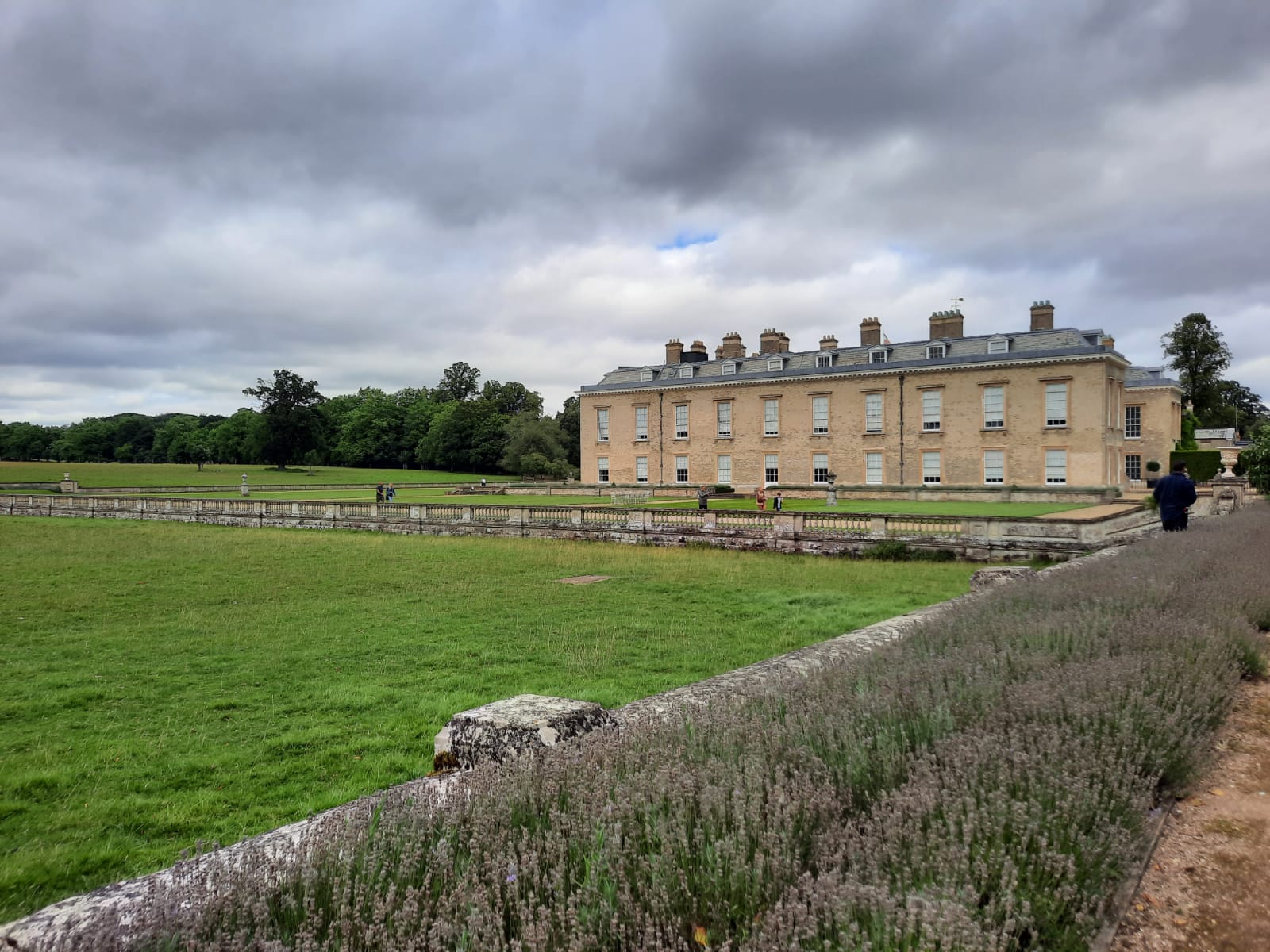
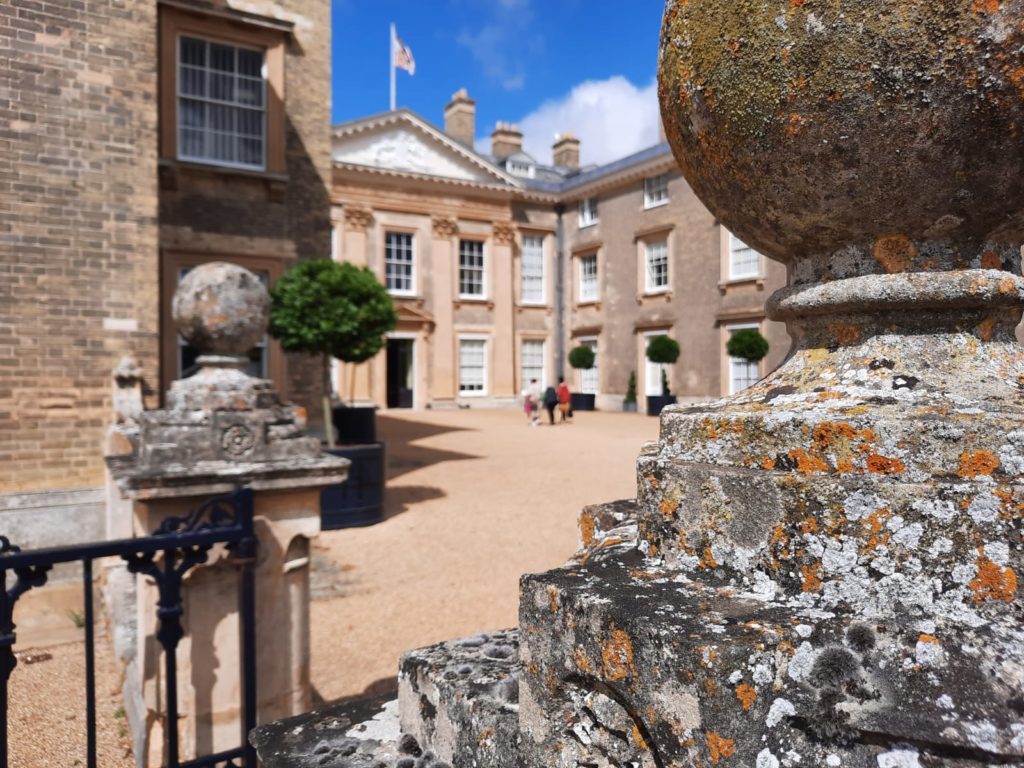
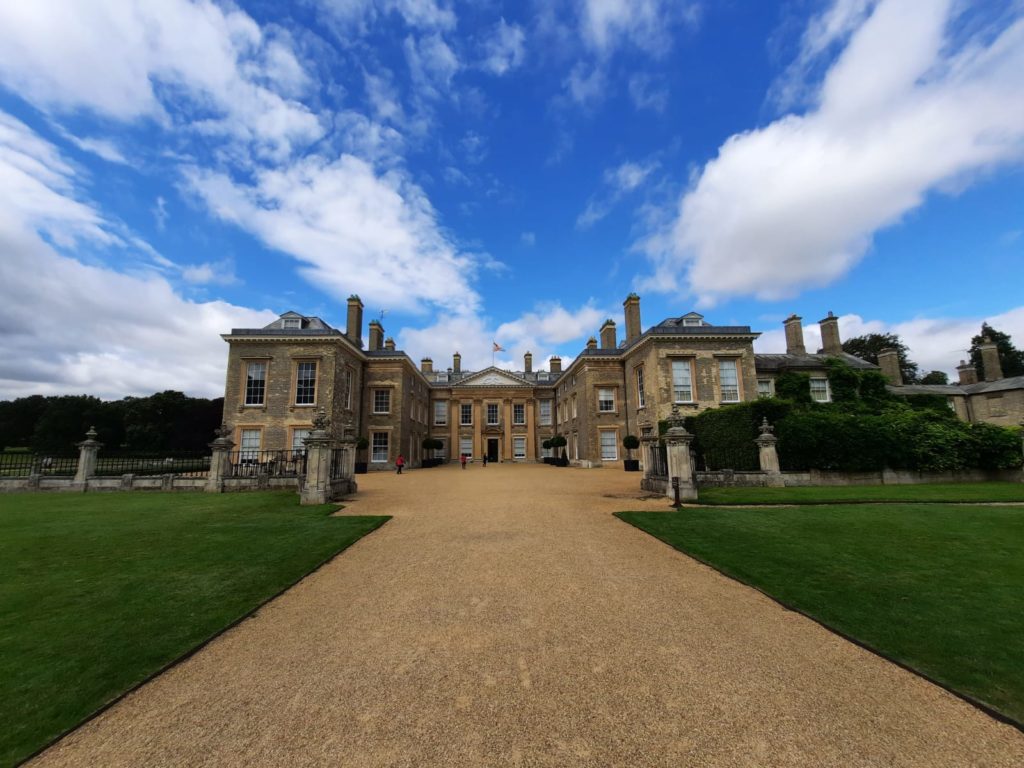
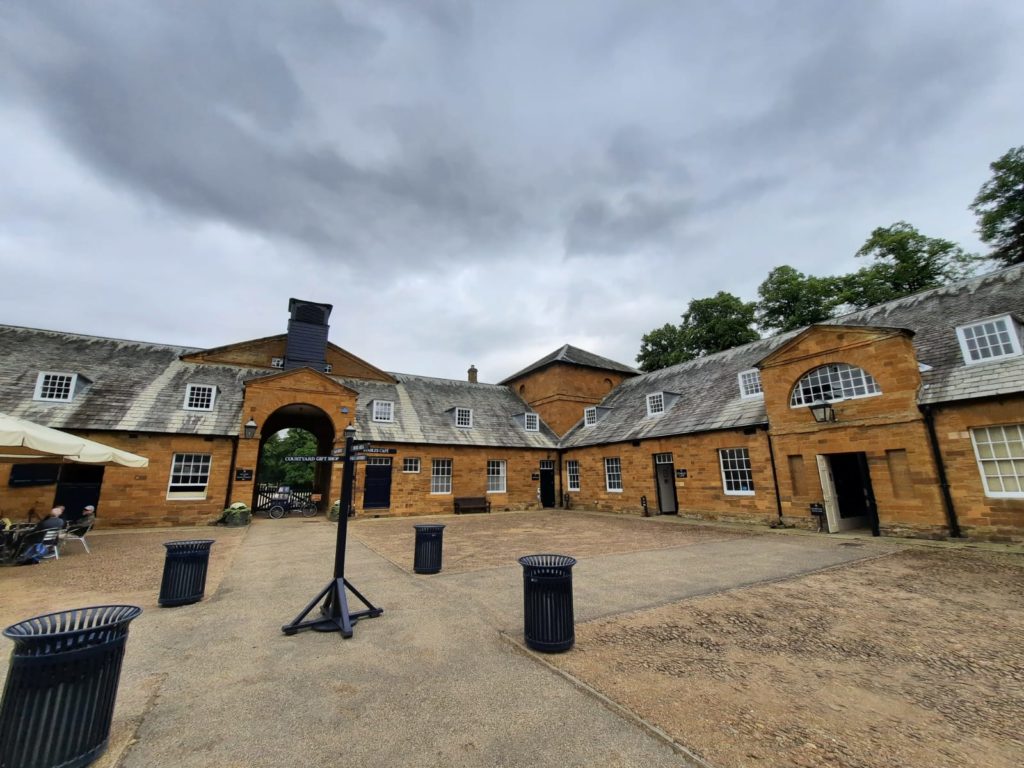
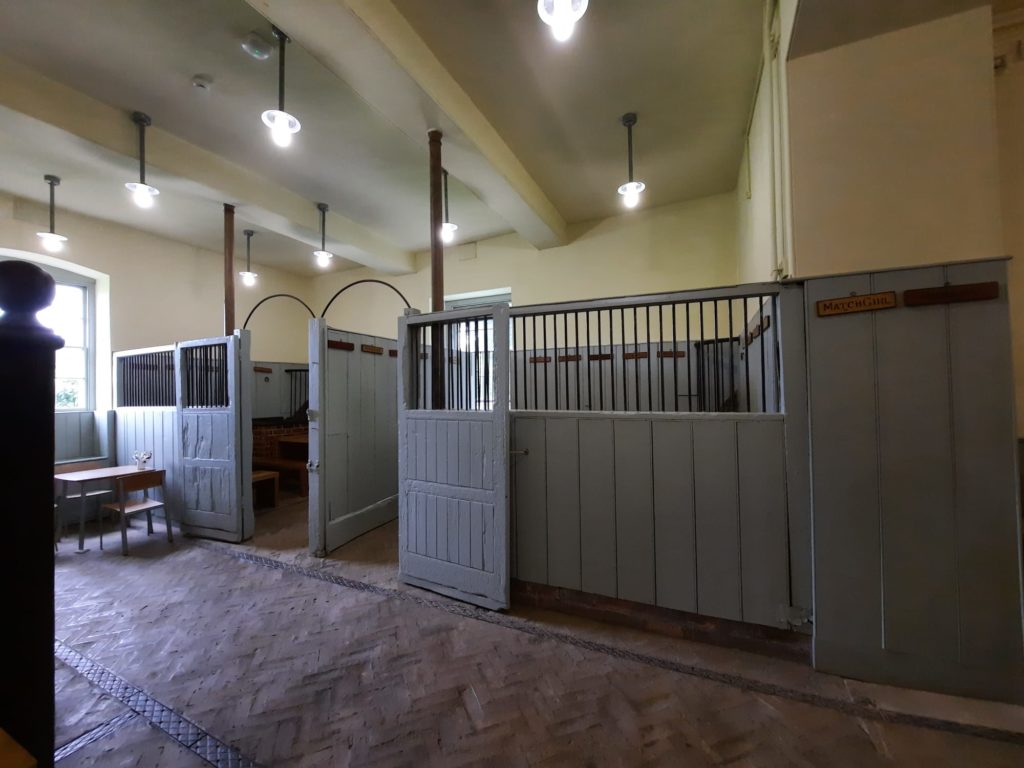
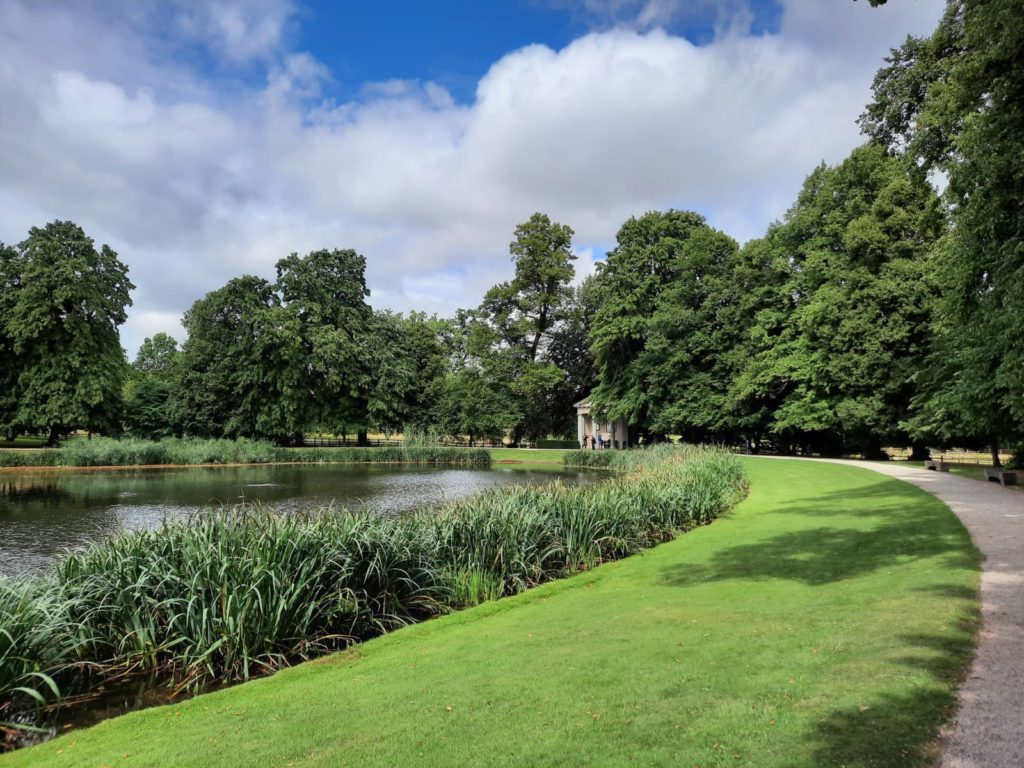


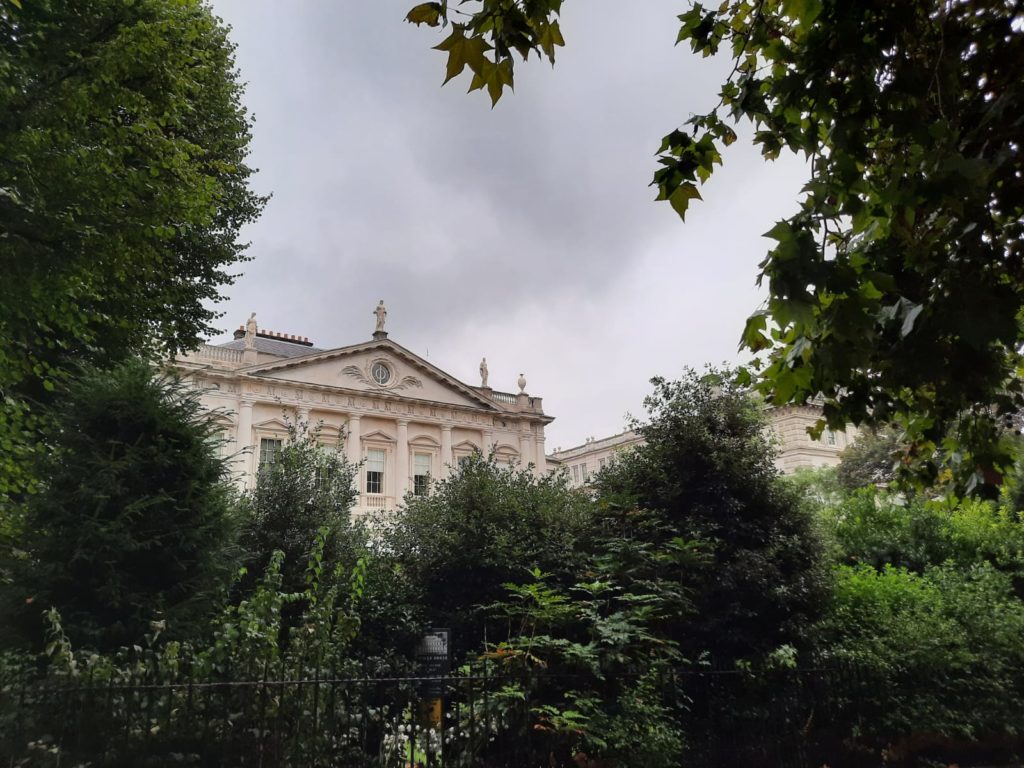
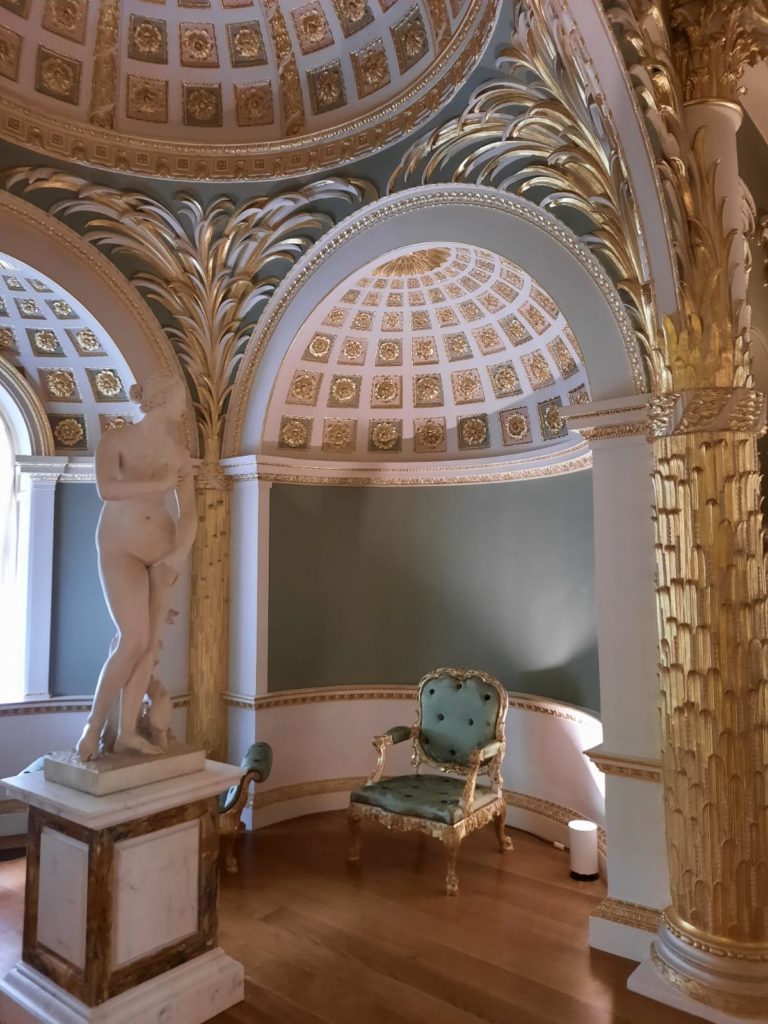
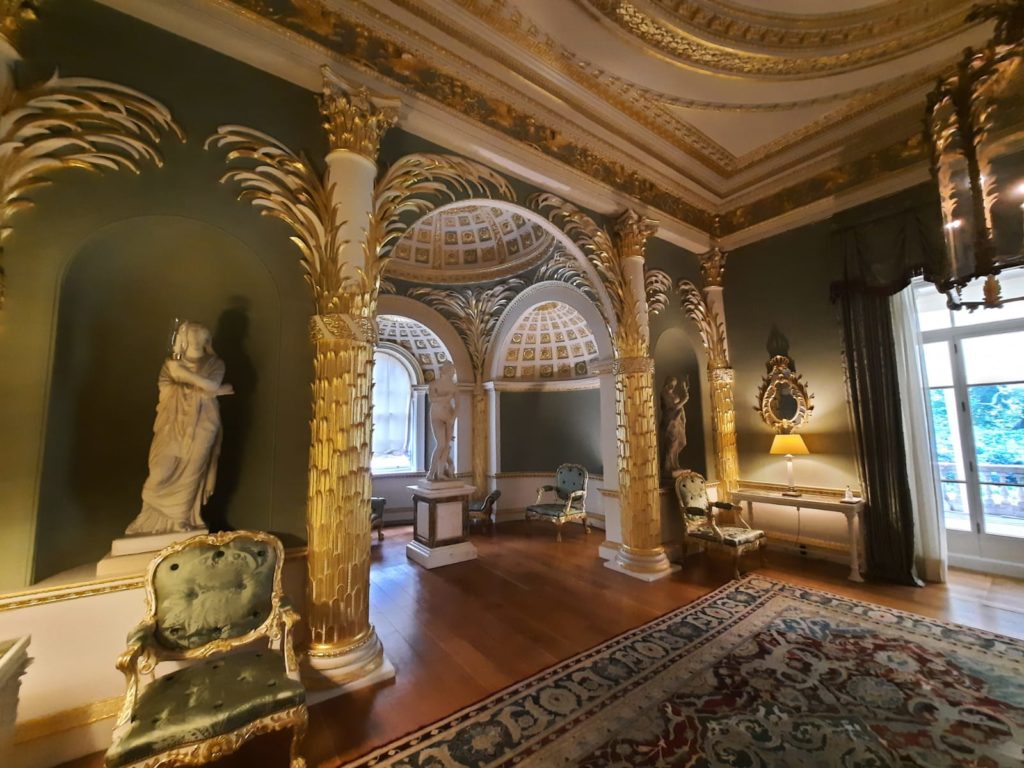
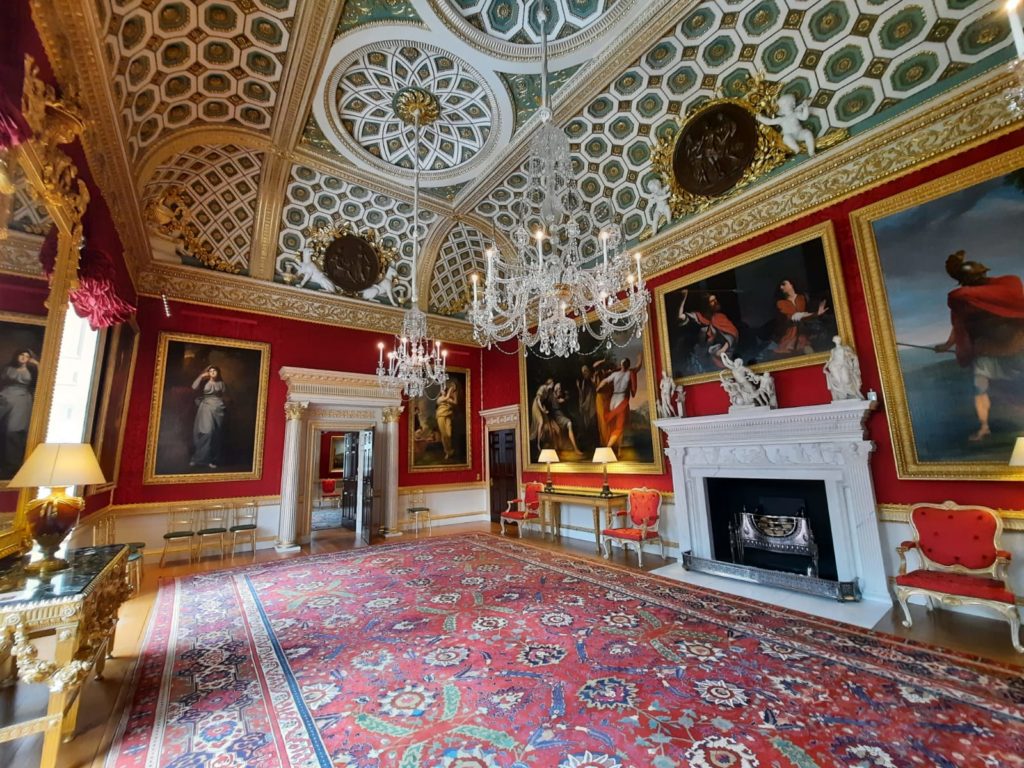

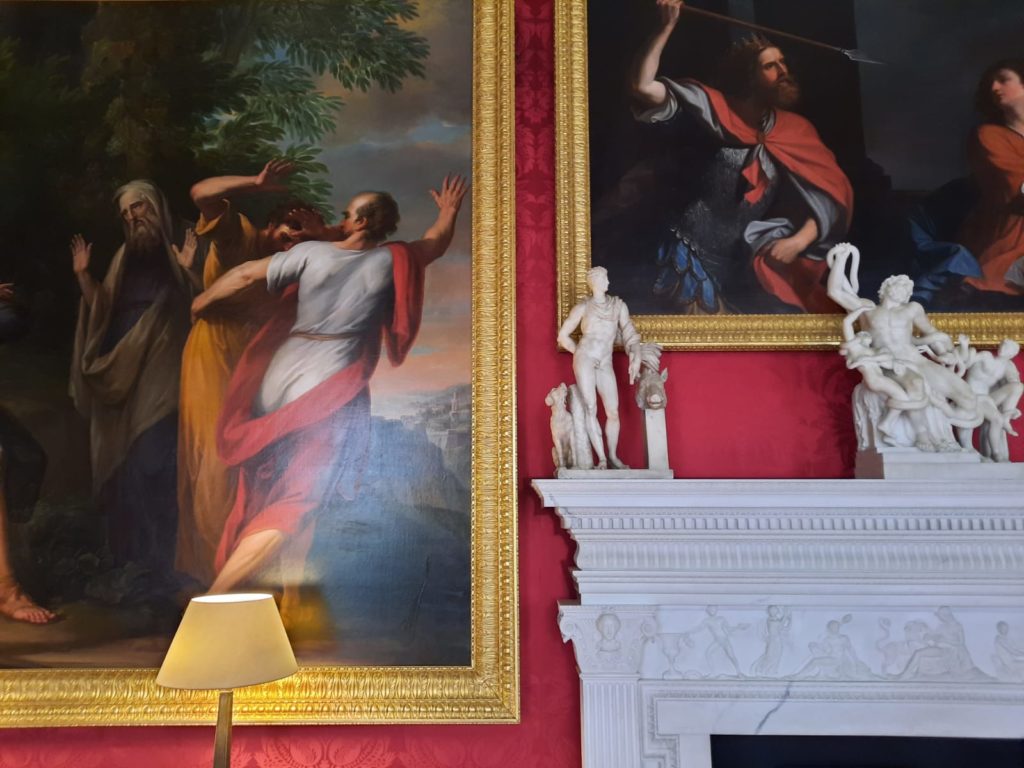
Interesting that you preferred Petworth – I went recently and was underwhelmed. The art is wonderful but it has that sad decay so many National Trust properties suffer from.
I think it was that I visited both in summer, and had a lovely time at Petworth roaming around and reading a book in the deer park whereas at Althorp you’re not allowed in 90% of the garden. But I know what you mean about Petworth, it’s not quite its heyday any more!